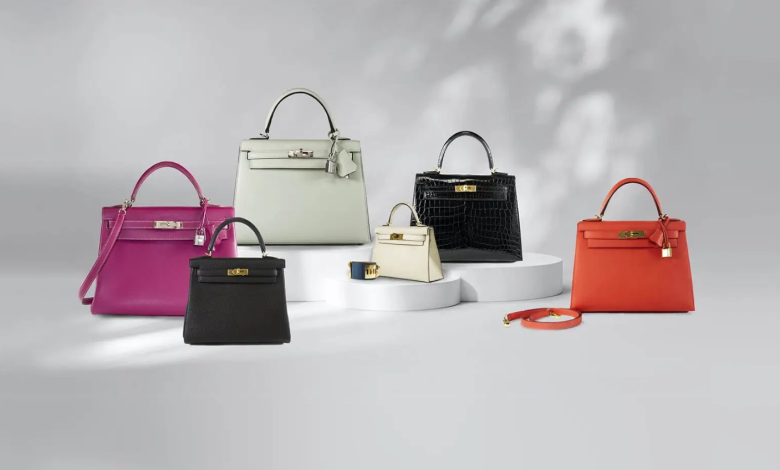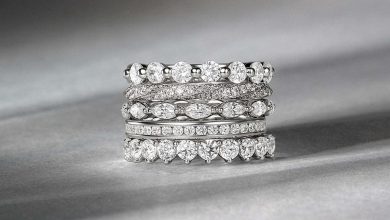The Evolution of Handbags: A Fashion Staple Through the Ages

Handbags, those indispensable companions of daily life, have journeyed through history alongside humanity. The evolving from simple functional objects to iconic fashion statements. Whether it’s a chic clutch, a sturdy tote, or a practical messenger bag. The handbag has transcended its utilitarian origins to become a symbol of style, status, and personal expression.
Origins and Early History
The concept of carrying Bottega Veneta can be traced back to ancient times when both men and women utilized pouches, baskets, and sacks to carry essentials. However, the notion of a dedicated handbag as we know. It’s today began to take shape during the late 18th and early 19th centuries.
Initially, handbags were primarily functional, designed to carry items like coins, cosmetics, and handheld fans. They were often made of leather, fabric, or straw and featured simple drawstring or clasp closures. These early handbags were essential accessories for women of all social classes, reflecting their practical needs and societal roles.
The Rise of Fashion Handbags
The 20th century marked a significant shift in the evolution of handbags, as they transitioned from purely functional items to fashionable accessories. Luxury fashion houses like Chanel, Hermès, and Louis Vuitton played pivotal roles in this transformation, introducing innovative designs and materials that elevated handbags to coveted status symbols.
In the 1920s, the popularity of handbags surged with the emergence of the Art Deco movement, characterized by geometric shapes, bold colors, and luxurious embellishments. This era saw the rise of iconic designs like the Chanel 2.55, featuring quilted leather and the signature interlocking CC logo. Which remains a timeless classic to this day.
The mid-20th century witnessed further evolution in handbag design, with the introduction of new materials such as vinyl, nylon, and plastic. The 1950s saw the debut of the Hermès Kelly bag, named after Grace Kelly, which epitomized elegance with its structured silhouette and luxurious craftsmanship.
Handbags in Pop Culture
Handbags have long been associated with glamour and sophistication, thanks in part to their prominent presence in popular culture. From the iconic Birkin bag famously carried by celebrities to the distinctive patterns of the Louis Vuitton monogram, handbags have become synonymous with luxury and status.
In the realm of film and television, handbags have played memorable roles, becoming symbolic accessories that define characters and convey their personalities. Audrey Hepburn’s iconic little black dress in “Breakfast at Tiffany’s” wouldn’t be complete without her elegant evening bag, while Carrie Bradshaw’s obsession with designer handbags became a central theme in “Sex and the City.”
Modern Trends and Innovations
In the 21st century, handbag design continues to evolve, reflecting changing fashion trends and consumer preferences. While classic styles like the tote and shoulder bag remain perennial favorites, designers are also experimenting with unconventional shapes, materials, and embellishments to push the boundaries of creativity.
The rise of sustainable fashion has also influenced the handbag industry, with a growing demand for ethically sourced materials and eco-friendly manufacturing processes. Many brands are embracing sustainability by using recycled materials, organic fabrics, and innovative techniques to create stylish yet environmentally-conscious handbags.
Conclusion
From humble beginnings as simple pouches to high-fashion accessories coveted by millions, the handbag has undergone a remarkable transformation throughout history. Today, handbags are not just practical accessories but powerful symbols of personal style, status, and self-expression. As fashion continues to evolve, one thing remains certain: the handbag will always hold a special place in the hearts – and wardrobes – of individuals around the world.



